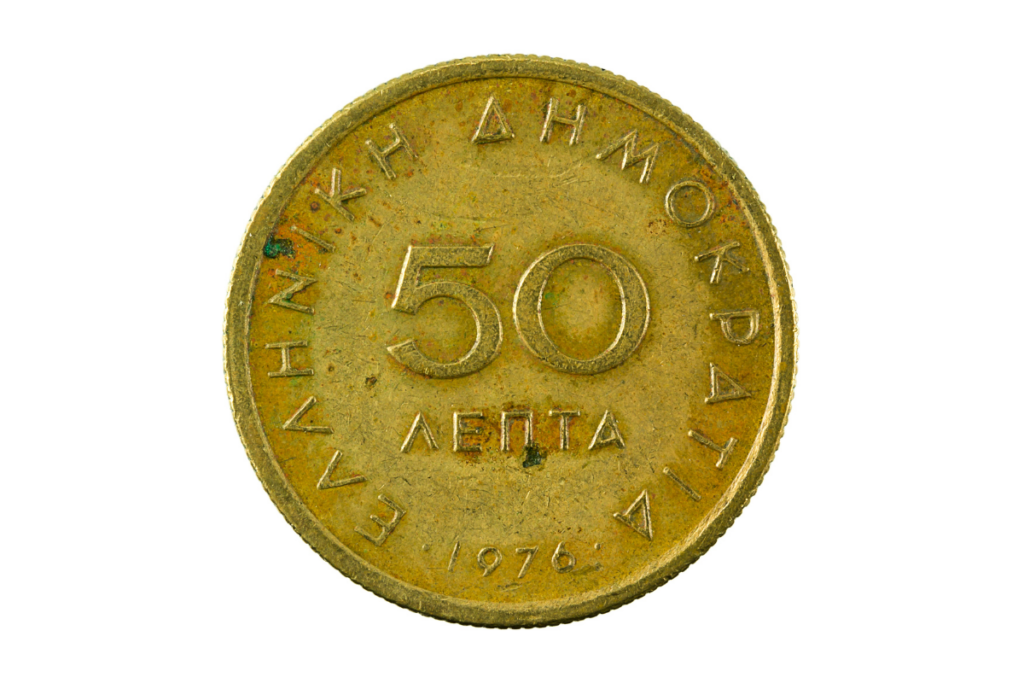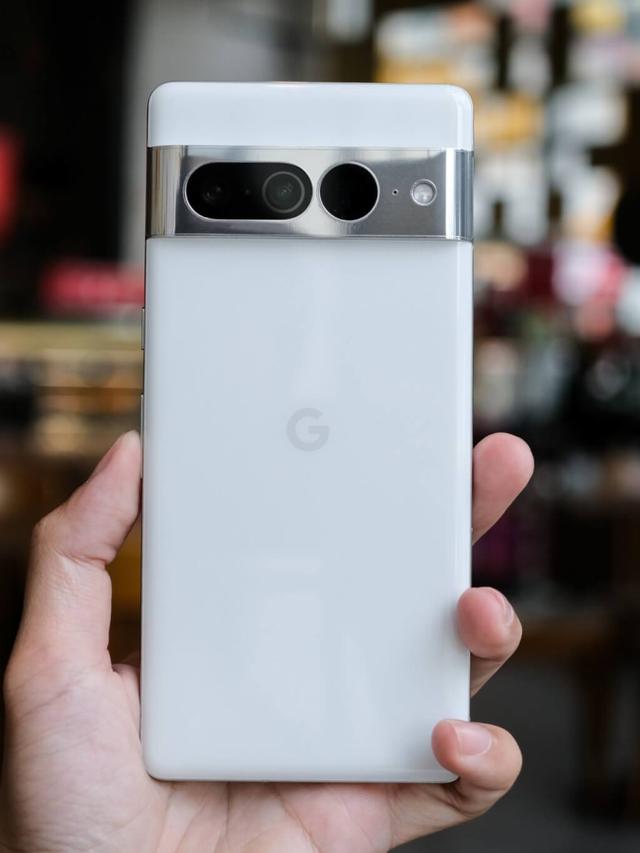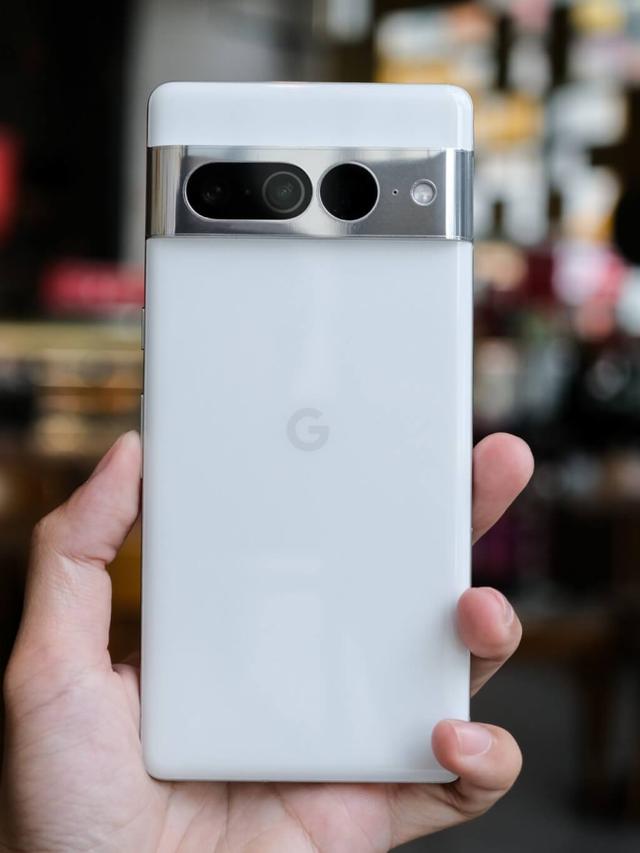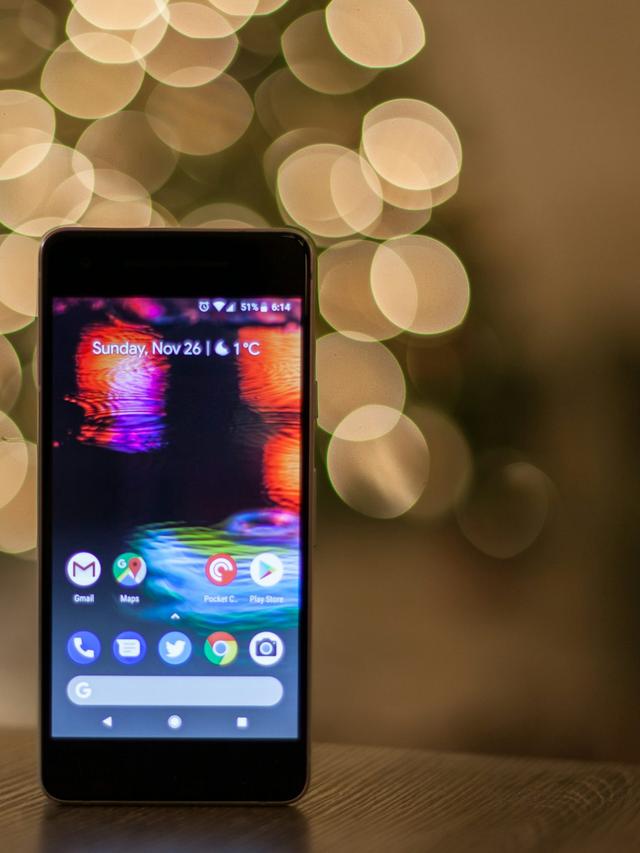The bicentennial quarters, minted in 1976 to commemorate the 200th anniversary of the United States’ independence, hold a special place in numismatic history.
These quarters, distinctive with their unique reverse designs celebrating the nation’s heritage, have intrigued collectors and casual enthusiasts alike for decades.
But how much are they worth today? Let’s delve into the factors that determine the value of these iconic coins.
Historical Background

In the early 1970s, the United States Mint began planning for the bicentennial celebrations by designing special coinage.
Among these were the bicentennial quarters, featuring a Colonial drummer on the reverse side.
This design was chosen through a national competition, making it not only a commemorative piece but also a symbol of American artistry.
Design and Varieties
The bicentennial quarters were minted for circulation in 1975 and 1976, with both years featuring the same design.
The most noticeable difference between these coins and regular quarters is the reverse design, which depicts a Colonial drummer facing left, designed by Jack L. Ahr.
Minting and Production

These quarters were minted in large quantities to meet the expected demand during the bicentennial celebrations.
Both Philadelphia and Denver mints produced these coins, distinguished by mint marks (“P” for Philadelphia and “D” for Denver) located on the obverse side of the coin, beneath the motto “In God We Trust.”
Collectibility and Condition
Like all collectible coins, the value of a bicentennial quarter depends largely on its condition and rarity.
Coins that are in uncirculated or pristine condition generally fetch higher prices among collectors.
Conversely, quarters that show signs of wear or damage may have a lower market value, closer to their face value.
Market Value
As of [current year], the value of a 1976 bicentennial quarter can vary widely.
For circulated coins in average condition, collectors might expect to pay slightly above face value if there is significant demand.
However, for uncirculated coins or those in exceptional condition (graded MS-65 or higher), prices can range from $5 to $15 or more, depending on market trends and collector interest.
Rarity and Grading
The rarity of a specific mint mark or a particular grade can significantly influence its value.
For example, quarters from the Denver mint tend to be more common than those from Philadelphia.
Additionally, quarters that have been certified by reputable grading services (such as PCGS or NGC) as being in top condition can command higher premiums at auctions and in collector markets.
Collecting and Investment
Collecting bicentennial quarters can be a rewarding hobby for numismatists of all ages.
Beyond their monetary value, these coins serve as tangible pieces of American history, connecting collectors to the nation’s bicentennial celebrations.
For investors, focusing on high-quality, rare specimens can potentially yield returns over time as the demand for these historical artifacts continues to grow.
Conclusion
In conclusion, the value of a 1976 bicentennial quarter today ranges from face value for circulated coins to potentially significant sums for coins in pristine condition or rare varieties.
Whether you’re a collector, investor, or someone interested in American history, these quarters offer a tangible link to the nation’s bicentennial celebrations and remain a fascinating piece of numismatic heritage.
As with any collectible, it’s advisable to research current market trends and consult with reputable dealers or collectors before buying or selling bicentennial quarters.
By understanding the factors that influence their value, you can appreciate these coins not only for their monetary worth but also for their historical significance.
This article covers the key aspects of the 1976 bicentennial quarter, its value, and its significance in the world of coin collecting.
If you need more details on any specific aspect or want to explore related topics, feel free to ask!







